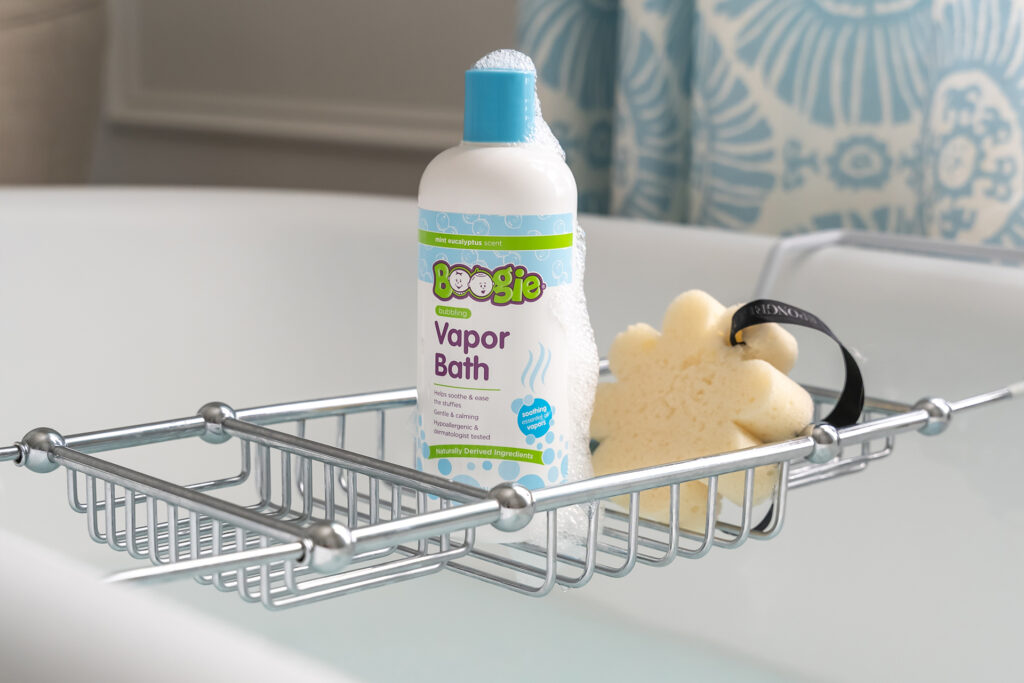You may have encountered a tremendous amount of misinformation and myths about the pros and cons of circumcising your baby. This difficult decision lacks reliable, up-to-date information. Here is the modern understanding and pertinent facts you need to make a decision about whether or not to circumcise.
MEDICAL BENEFITS?
While the choice is yours, the medical community does not believe the health benefits are great enough to warrant routine circumcision. This is the position of both the Canadian Paediatric Society and the American Academy of Pediatrics. Here’s how they reached this conclusion:
UTIs: There is an increased risk for an uncircumcised male infant to develop a urinary tract infection (UTI). Seven to 14 (.7%) of every 1,000 uncircumcised infants compared to one to two (.2%) of every 1,000 circumcised infants will develop a UTI during the first year of life. Although the risk of a UTI is higher for uncircumcised babies, the overall risk is still low enough not to justify circumcision.
Penile Cancer: Luckily, penile cancer is a rare disease and while the risk is somewhat higher for an uncircumcised male, the overall risk is still low enough not to warrant routine circumcision. It is important to note that a circumcision performed after the neonatal period does not reduce the risk of penile cancer. Only one in one million circumcised men will develop penile cancer at an early age (compared to three uncircumcised men).
STDs and HIV: The current studies are complex and conflicting in their results and therefore further studies are needed.
Cleanliness: There is nothing that supports the assumption that a circumcised penis is more
hygienic that one that is not circumcised.
MAKING A DECISION
When deciding whether or not to circumcise, you should weigh the options.
Personal factors: Often, parents say, “We want our son to look like his dad.” However, many little boys don’t actually feel the same as their dad—circumcised or not— because of the more obvious differences in height, weight or hair and eye colour.
Religious/cultural beliefs: Parents must consider religious and cultural traditions when making the decision to circumcise.
Complications: About two to three percent will experience a surgical complication. Most are minor, however, severe problems may occur. The most common risks are minor bleeding and small infections. More severe problems are rare and include surgical trauma, unsatisfactory results, surgical error, renal failure and life-threatening infections. Side-effects and complications to pain-relief medicine are rare but may occur.
IF YOU DECIDE TO CIRCUMCISE
HOW IS IT DONE?
The baby is placed on a restraining board. The area is cleaned and sterile conditions are provided. Your doctor will place a needle in the area of the circumcision, which contains a local anaesthetic for pain relief. Although there is more than one way to do a circumcision, the basic steps are as follows: The foreskin is separated from the head of the penis with a medical instrument. A clamp is used to hold the foreskin in place while a cut is made into the foreskin. A metal or plastic bell may be used to cover the head of the penis while the foreskin is pulled up over the bell and cut.
POST-CIRUMCISION CARE
Expect seven to 10 days for the penis to heal. Initially, the area will be red and you may see yellow discharge. After 48 hours, the redness and swelling will decrease. The area should be kept clean; change the bandage every time you change your baby’s diaper.
You should call your doctor if there are more than a few drops of blood during the healing process, if the baby appears sick or has a fever, or if the redness and swelling doesn’t go down after the initial 48 hours.
CARE OF AN UNCIRCUMCISED PENIS
The skin will naturally separate from the head of the penis in the early years or even later. Until this happens, all that is needed is gentle washing on the outside during baths. Do not try to pull the foreskin back. When your child is older and his foreskin pulls back fully, you can teach him how to gently clean the area.
Cathryn Tobin, MD, is a pediatrician, trained midwife and a member of the Canadian Paediatric Society and the Royal College of Physicians and Surgeons. Tobin is the proud mother of four children.









